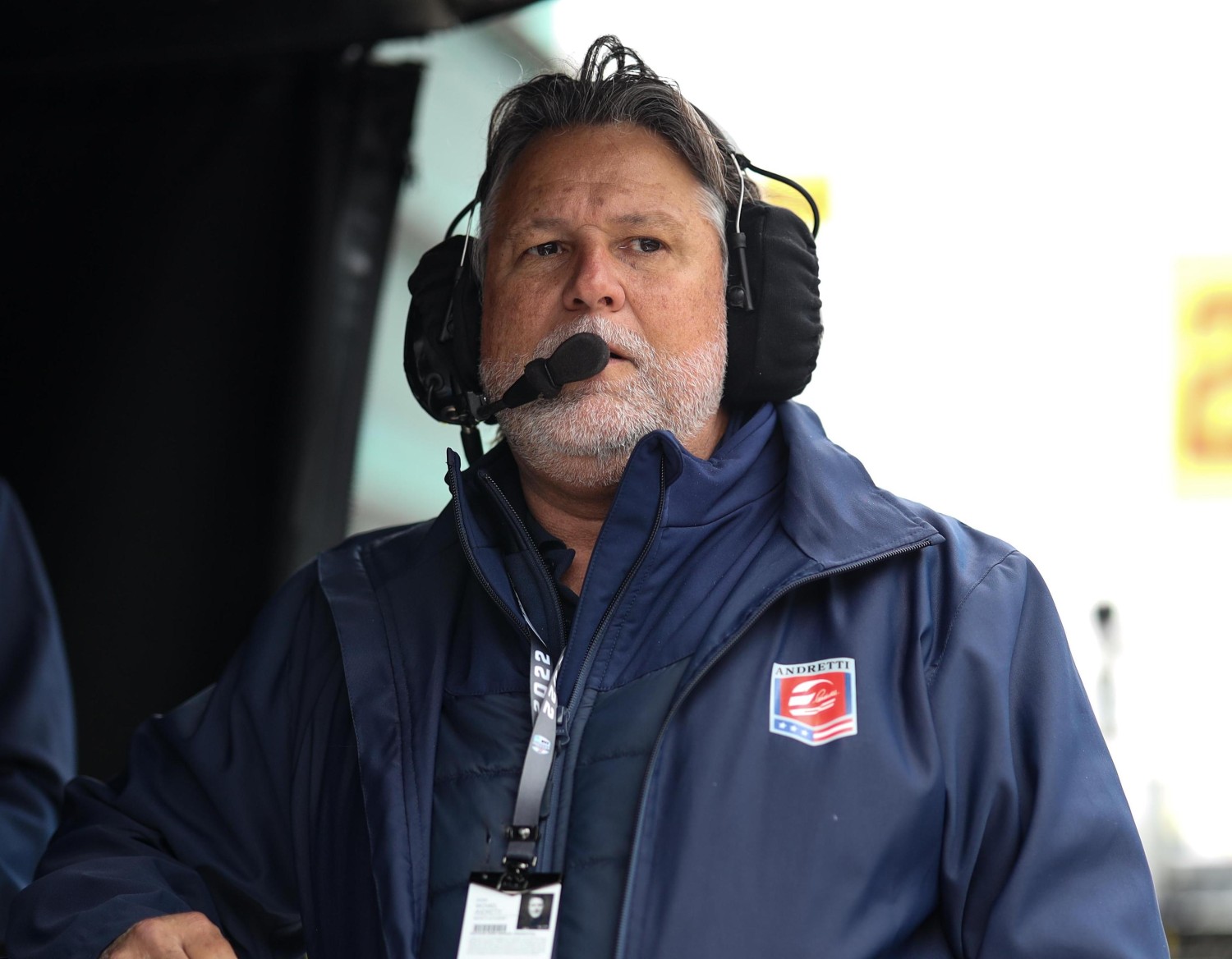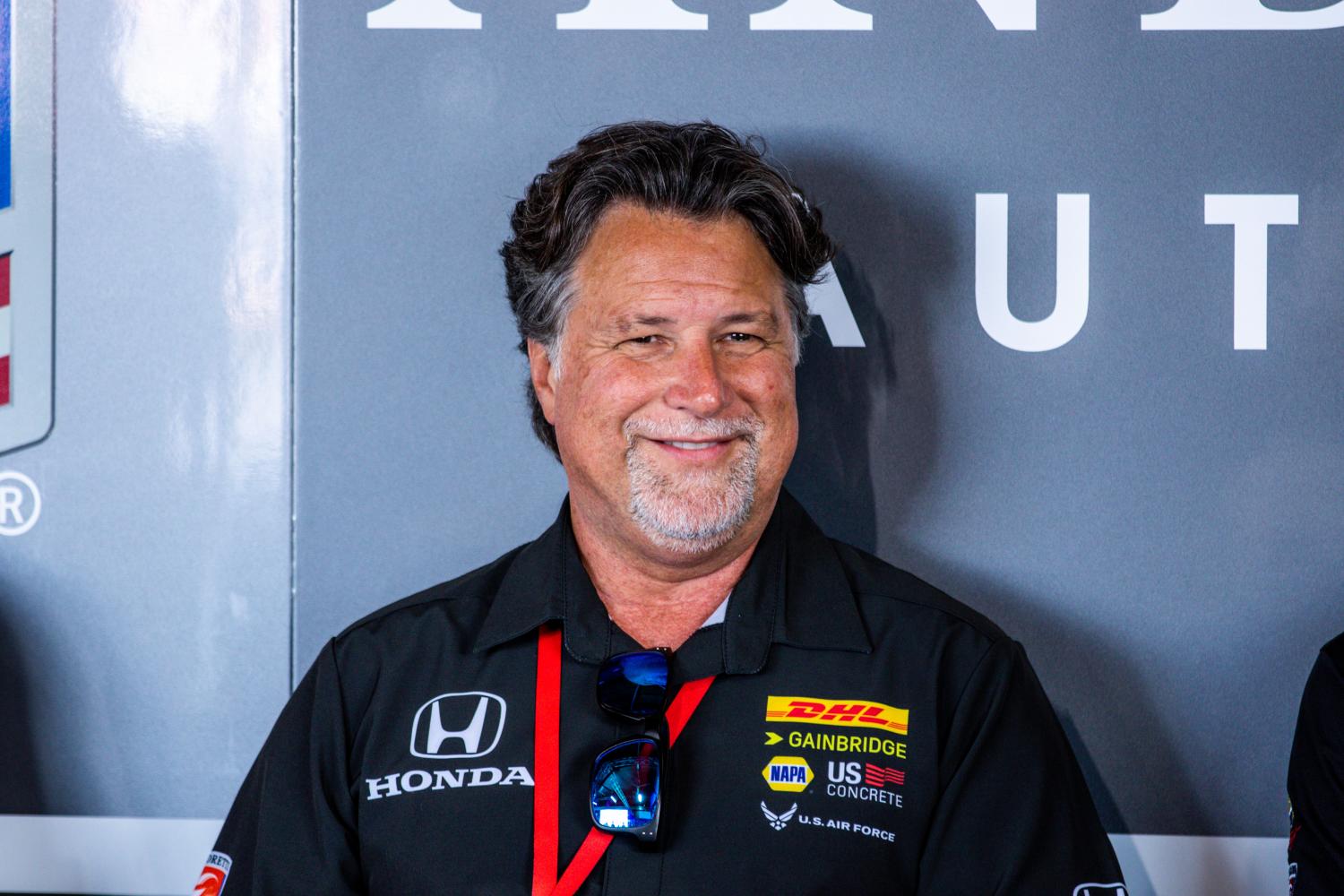F1: Will the Expression of Interest be the final step for Andretti to gain F1 approval? (Update)
With today’s announcement that Andretti Global will be teaming with General Motors brand Cadillac for their F1 entry, there is now an excellent chance they will be successful with their response to the FIA EOI.
However, they still have to get approval from F1.
An F1 spokesperson said: “There is great interest in the F1 project at this time with a number of conversations continuing that are not as visible as others.
“We all want to ensure the championship remains credible and stable and any new entrant request will be assessed on criteria to meet those objectives by all the relevant stakeholders.
“Any new entrant request requires the agreement of both F1 and the FIA.”
And who owns F1? Liberty Media, an American company that will likely welcome the Andretti entry with open arms.
There will still be some existing team bosses that will have a negative view because they want to keep F1 a closed door boys club. However, they do not give the approval – the FIA and Liberty Media will be the ones giving the green light.
Mark C. reporting for AutoRacing1.com
January 4, 2023
Fans and uniformed journalists alike are thinking that because the FIA is putting together an Expression of Interest Process, that they are signalling the intent to approve new teams to enter F1.
Absolutely not!
In fact, it might be a stall tactic to delay making a decision to placate Toto Wolff who does not want more teams. An Expression of Interest is typically followed by an RFP and the entire process could take a long time.
Having said that, when the Haas team applied, the call for the Expression of Interest was on Dec. 11, 2013 and the decision to allow their entry was February 28, 2014 – about 3 months. But that was when Bernie Ecclestone ran the sport like a dictator and rammed the process through the FIA.
We suspect the process this time to take much longer due to the political factions within the sport pulling strings behind the scenes.
However, we think the FIA is doing the right thing by putting clarity around approval of new teams with a defined process and set of requirements, that were otherwise murky at best. It will also bring forward more interested parties and enable the FIA to get the best new teams they can.
At the end of the process, they may decide none of the proposed teams are worthy of being in F1.
First, let’s define what an Expression of Interest (EOI) is, versus a formal bid or Request for Proposal (RFP) to enter.
Expression of Interest
An Expression of Interest (EOI) is an opportunity to present yourself in a clear, professional document. It is an opportunity to provide important information and to demonstrate your suitability, interest, availability in relation to the opportunity, in this case the desire to enter a team in F1.
It is used as a screening process in the initial stages of procurement so as to create a formal and more specific Request for Proposal or RFP (a later stage in the approval process). When a company releases an EOI, it is required to estimate the ability of a market to supply or collect more information before moving to RFP. A company making a purchase or approval is unlikely to appoint a winner(s) via EOI. For that to happen, a process has to progress until it reaches RFP stage.
EOI is a type of open tendering that enables any company/entity to come forward. It gives rise to a tough competition and provides the benefit of allowing new and potential teams to express their interest.
It is used as a shortlist of prospective teams that appear they may be able to field a competitive team that won’t be an embarrassment to F1.
RFP (Request for Proposal)
A Request for Proposal is the next step after the EOI is submitted and you are asked to submit a proposal. The cost was $130,000 years ago when F1 entertained new applicants. You may be rejected right at the EOI phase.
For example, if Andretti Global does not include a new engine Original Equipment Manufacturers (OEM), or a returning engine OEM (Such as Honda who are leaving) that previously left F1, as part of their EOI, they are likely to be rejected. Their desire to enter F1 as a team will be Dead on Arrival (DOA) because all parties involved in F1 have signalled their desire to have more OEMs enter the sport. They have deep pockets and a reputation to uphold.

An RFP contains background information on the organization and its line of business. The request consists of specifications that explain the requirements the organization is seeking. Moreover, it also includes the evaluation criteria for how proposals are graded, a statement of work that describes the tasks to be performed by the bidder who wins the chance to enter a team in F1, and the timeframe in which your team would have to be ready.
When accepting a proposal, the FIA must carry out a cost benefit analysis to make sure the cost does not out-weigh the benefits of the new team. They are likely to look at all aspects of the team’s proposal. For example:
- Does the OEM have any F1 experience? If not, have they hired design engineers who do, or will their engines spill their guts all over the track and cause numerous cautions and crashes?
- Is the team competitive in other forms of motorsports? If they are backmarkers in other forms of motorsports, it’s likely they will be even worse in F1 and embarrass themselves and the sport.
- How much money is behind their effort? Will they be around for 10 years or more, or fold like a deck of cards after a few seasons. There is the $200 million dilution fund to be split between the existing teams, there is the new facility cost in the USA of $280 million, plus proper European facility will cost at least $100 million. Trucks, at-track hospitality units with food and drink, the cost to design and build cars, the annual engine lease cost of at least $16 million per year, driver salaries, and you are looking at needing at least $1 billion to get you through the first 2 or 3 years.
- Will the team bring in new fans?
- Will the team bring in new sponsors?
- Do their drivers qualify for a F1 Superlicense? For example if Andretti Global were to propose Colton Herta as one of their drivers, he will be rejected because he does not have a Superlicense. This could cause Andretti Global to lose the bid to a team proposing qualified drivers.
- Who is designing their race car? Someone like Aldo Costa or some schlepper whose car will be 10s a lap off the pace and, hence, a moving chicane?
- Can the team meet the cost cap? Can they demonstrate they understand what is included in the cost cap? What is their Year 1 budget and will it meet the cost cap?
- Other factors as the FIA deems necessary.
Mark C. reporting for Autoracing1.com
